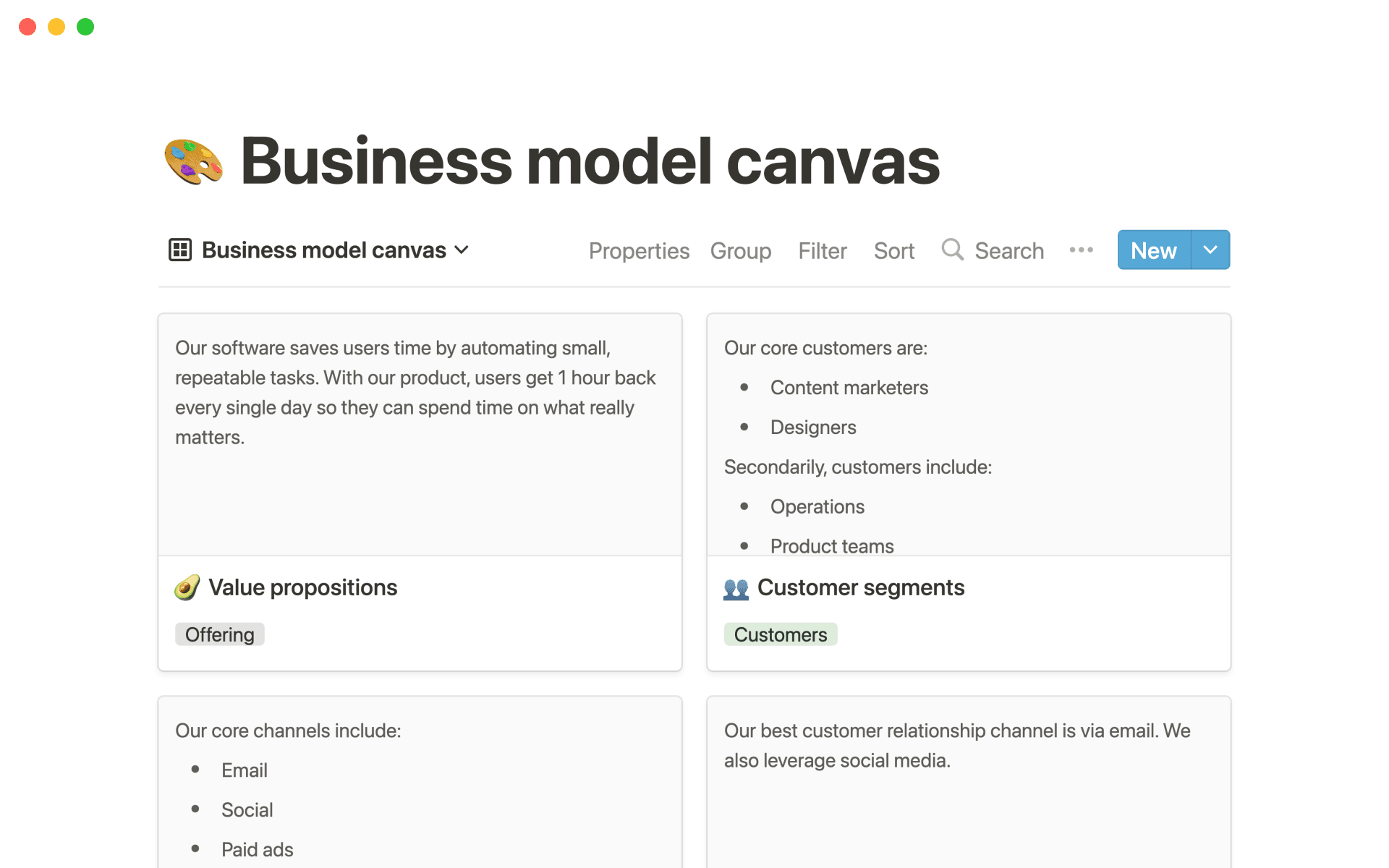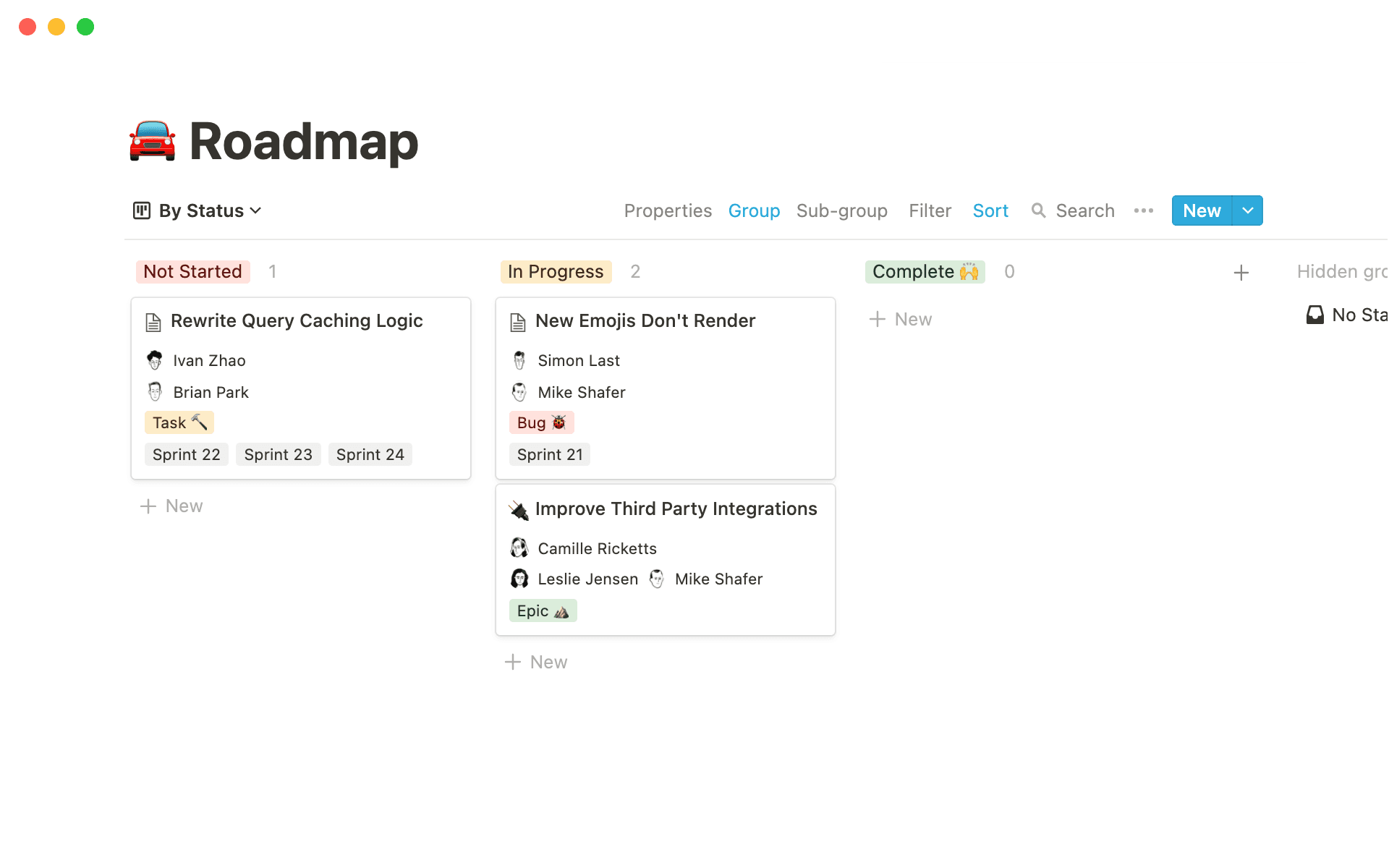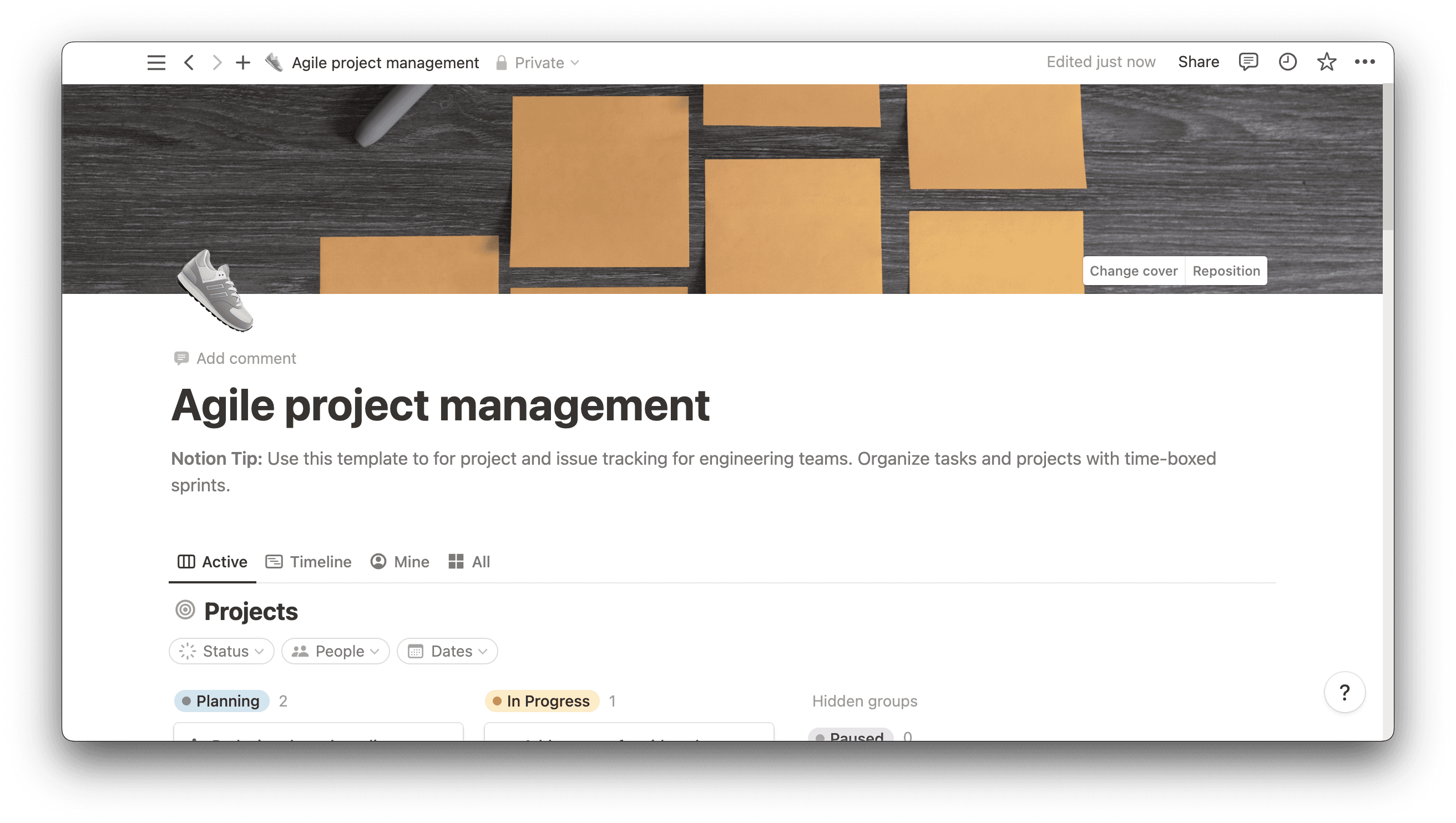You can't manage a project in departmental isolation. While you carefully coordinate every project element — such as time, money, and quality — don’t lose sight of the company's long-term vision.
One way to ensure all projects respect overarching goals is with a project integration management process. This approach helps project managers bind all components into a cohesive whole that contributes to the company’s success.
What’s project integration management?
An integrative approach to project management means project managers clearly connect all activities and phases of a project's life cycle, from initiation to closure. In essence, it's project management with a strong focus on harmonizing every team and aligning project initiatives with broader strategic company goals.
Achieving all goals simultaneously within a specified timeframe and budget is often infeasible. A project manager must make compromises and decisions to balance all three project management triangle constraints: schedule, budget, and scope.
That’s where integration comes in. This approach helps you see the bigger picture and assess the interdependencies within all project components, allowing you to spot how changes in one constraint affect others. When you face tough choices like whether to speed up a project or stay within budget, integration helps you find that sweet spot.
Consider the construction of a new office building. The project manager will likely face trade-offs between expediting the construction timeline, which could increase costs, or adhering strictly to the budget, which might delay the project.
When conflicting objectives arise, exploring alternative approaches that align with stakeholder expectations is imperative. And as a manager, integration helps you prioritize balancing constraints when making difficult decisions. This could entail allocating more funds to expedite construction without compromising quality or negotiating with suppliers for cost-effective materials to stay within budget — all while maintaining the agreed-upon quality standards.
The value of integration in project management
Without proper project management, miscommunication and disjointed efforts among teams, suppliers, and other actors are heightened. This lack of coordination could cause delays, cost overruns, and compromised quality. But with an effective integration plan in place, managers can avoid these problems by ensuring all parties involved are on the same page, allocating resources efficiently, and closely monitoring project activities.
Here are three more reasons why this approach is essential.
1. Enhanced efficiency
When running a project, you must juggle various priorities at once, like a development team needing extra time and a client wanting to receive a new product feature quickly. Taking a step back to assess the situation from a broader perspective helps you understand how to make compromises and strike the right balance. You become the project’s conductor, harmonizing efforts and eliminating wasted time on uncoordinated tasks.
2. Consistency
Because product quality is non-negotiable, your delivery process must be solid and predictable. Managers who consciously integrate every project element meticulously ensure consistent and standardized deliverables every time, leaving no room for discrepancies. This commitment to consistency not only boosts your product quality but also builds trust and satisfaction among stakeholders.
3. Alignment with objectives
As a ship needs a course to follow, every project needs direction. Integration management ensures that every project's goals and actions align with the organization's overarching mission. When your team knows the destination and your clients see the progress that matters to them, you're not just getting things done — you're getting the right things done and contributing to the company’s long-term success.
The 5 phases of project integration management
Project integration management consists of five integral stages:
Project initiation — think of this phase as the "why" of a project. It involves defining the purpose, project scope, and objectives, laying the groundwork for the next steps.
Project planning — here, you dive into the nitty-gritty, detailing the project timeline, scope, and budget while delegating responsibilities. This roadmap setting helps you conceptualize where you’re going and precisely how to get there.
Project execution — this phase involves executing the project plan. You assemble your team, execute tasks, and closely monitor progress.
Project performance — this stage is all about continuous monitoring and ensuring the project stays in shape. You address any deviations from the plan and make necessary adjustments to keep the project on track.
Project closure — after successful completion and with the client’s deliverable approval, you formally close the project, noting any lessons your team learned that can inform future work.
How to implement project integration management
Implementing project integration management involves seven key steps. Use this guide as an organization-wide template for an even more integrated project management process.
1. Create a project charter
Craft a charter that formally authorizes and initiates the project, defining its objectives, stakeholders, and constraints. This document authorizes project managers to begin allocating resources and drafting project plans. It also serves as a reference point throughout the entire lifecycle — it's your link between the project and the organization's strategic objectives — so make sure it has a clear connection to the company’s big-picture vision.
Let's say your project involves developing a new ecommerce platform. Your charter should illustrate how your project's goals (increasing market share, boosting customer engagement, expanding revenue streams) support the company's long-term mission.
2. Develop a project management plan
Planning is an iterative process where you go beyond detailing how to operate and control the project. It's about preparing and coordinating different components, like scope, schedule, and risk management. You’ll then consolidate these items into an integrated plan that considers dependencies. At this stage, you specify deliverables, milestones, and key performance indicators (KPIs) that directly relate to your integration strategy.
3. Direct and manage project work
Put the plan into action, assigning tasks and resources with a keen eye on how they contribute to the overall coordination of the project.
As the leader, you must communicate with your team and collect data to achieve synergy across all components. Gantt charts and Kanban boards are great tools to visualize and integrate different project elements. You may encounter a scope change or cost increase, and the information gleaned from your visual progress tracking charts will help you make the necessary decisions to correct any deviation.
4. Manage project knowledge
Project knowledge helps your team identify and mitigate risks. You can refer to past problems and solutions to inform your decisions when encountering a challenge. And you also need to think about future projects or phases, documenting details that could be helpful.
Use collaborative documentation platforms, such as team wikis or document management tools, to collect and disseminate essential information. Knowledge should be easily accessible to all team members and stakeholders.
5. Monitor and control project work
Continuously oversee project progress, comparing it to the original plan. Keep a sharp focus on how each element contributes to the overall project strategy so you can make adjustments regarding any deviations. Project dashboards, reporting tools, and KPI tracking will help you monitor your project's performance in real time.
6. Perform integrated change control
Integration management incorporates a proactive approach to change. Modifications will likely occur, so have a structured process to estimate their impact on the project's integration goals. Implement a change control board or committee that reviews proposed changes and assesses their repercussions on the project's outcomes. Managing changes effectively prevents disruptions and bottlenecks within the integrated project framework.
7. Close the project
Once you've met all objectives and stakeholders have approved all deliverables, formally close the project. Remember: Integration management continues even when the project is complete. Evaluate how well the project achieved its strategic objectives, noting lessons learned for future endeavors. You might reflect on your original project goals documentation to determine improvement areas and where you planned well.

Project integration management best practices
To accomplish the project plan's objectives in time and without budget overruns, you must ensure the integration approach is as effective as possible. Here are a few best practices to take into consideration through all integration steps.
Clearly communicate with all stakeholders
Effective communication ensures everyone speaks the same language, making it easier to work together seamlessly. Create structured communication channels and protocols, like how to use Slack, email, and meetings for various project communication purposes. Also encourage active listening among team members and provide opportunities for feedback to foster collaboration and a shared commitment to success.
Use project management software
Project management tools like Notion's templates are your allies when running a project with an integrated approach. They streamline any integration process, from task scheduling and tracking to document management and reporting. These customizable templates can offer real-time insights into project progress, allowing stakeholders to track goals, monitor resource allocation, and anticipate bottlenecks
Conduct risk assessments
A robust risk management process helps your team forecast risks, assess their potential impact, and implement mitigation strategies. The benefit is a reduced likelihood of project disruptions such as scope creep, cost overruns, and missed deadlines.
Continuously improve
Encouraging a culture of continuous improvement transforms each project into a stepping stone for future success. When you actively seek to streamline workflows, adopt new technologies, and learn from previous projects, you position your team to deliver better results over time.
Oversee all your projects with Notion
Integration is the linchpin of successful project management. And sometimes, the key to success is simply having the right tools for the job. Whether you need to organize tasks, maintain communication with stakeholders, or track your project, Notion's templates offer versatile solutions to suit your unique needs.
Try Notion today to ensure your projects run smoothly and your team consistently delivers value.





